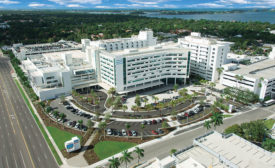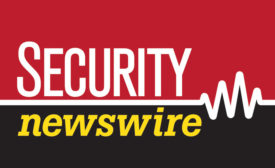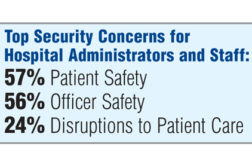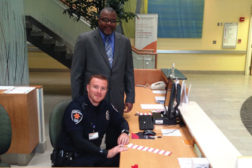Home » hospital security
Articles Tagged with ''hospital security''
Top Security Guarding Companies Report 2014 Update
Standardizing Security Personnel for Better Quality of Care
December 1, 2014
Sign-up to receive top management & result-driven techniques in the industry.
Join over 20,000+ industry leaders who receive our premium content.
SIGN UP TODAY!Copyright ©2024. All Rights Reserved BNP Media.
Design, CMS, Hosting & Web Development :: ePublishing











